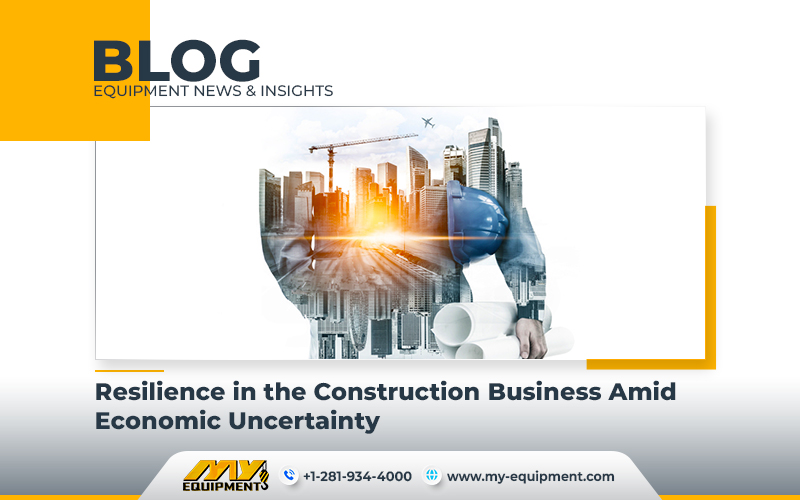The national concern over a potential Federal default, rising interest rates, and economic instability have raised fears of a downturn. However, recent data from the construction sector highlights its remarkable resilience in the face of challenges. This article examines the positive indicators in the construction industry and discusses how it continues to thrive despite ongoing obstacles.
Positive Trends in Home Starts
Despite the uncertainties, home starts in the United States experienced a recovery in April, accompanied by an increase in the backlog of projects for contractors. The stabilization of mortgage rates and a lack of available inventory contributed to the rise in single-family production, reaching its highest rate in 2023 so far.
Steady Growth in Residential Development Spending
Although the number of new single-family housing starts has been declining since its pre-pandemic peak, investment in residential development has increased significantly. Over the same period, spending rose by an impressive 39%. Rising construction input costs have impacted profits, but builders have adapted by focusing on high-value homes, maximizing their returns.
Rebound in Housing Starts
In April, the total number of home starts reached an adjusted-for-seasonality annual rate of 1.40 million units, indicating a 2.2% increase. Single-family starts also experienced a growth of 1.6% since January, although they remain more than 28% below April 2022. The NAHB/Wells Fargo Housing Market Index, reflecting homebuilder confidence, surpassed the critical break-even point of 50 in the May poll, demonstrating steady growth.
Increasing Role of New Development in the Housing Market
The scarcity of existing homes for sale and homeowners choosing to stay put have elevated the importance of new development in the housing market. In March, approximately 33% of the properties on sale were newly constructed residences, a significant increase from the average of 12.7% between 2000 and 2019. With limited housing inventory, new construction is expected to continue dominating buyer searches.
Optimistic Outlook for Single-Family Homes
Permits for single-family homes witnessed a growth of 3.1% to 855,000 units, although they remain 21.2% lower than the previous year. As the Federal Reserve approaches the end of its tightening of financial conditions, economists anticipate a softening of mortgage rates in the coming months. This is likely to lead to a gradual improvement in single-family home output.
Multifamily Housing Starts and Nonresidential Construction
Starts for multifamily housing, including condos and apartment complexes, rose by 3.2% to an annualized pace of 555,000 units. Since the beginning of the pandemic, this sector has experienced a growth of about 5.5%. Additionally, the nonresidential Construction Backlog Indicator for Associated Builders and Contractors improved in April, suggesting expansion in the infrastructure category. Nonresidential construction investment has seen a significant increase of 19% since the pandemic began.
Contractors’ Optimism and Potential Challenges
Despite high-interest rates, banking industry turmoil, debt ceiling debates, and recession fears, contractors remain optimistic about the immediate future. However, there are indications of potential changes, with lending conditions tightening, which could impact private buildings. Nonetheless, the backlog of projects grew in April, primarily driven by accepted public works projects. Contractors also anticipate growing profit margins over the next six months, indicating robust demand for construction operations despite rising compensation costs.
Despite the prevailing economic uncertainties, the construction industry has shown remarkable resilience. Positive trends in home starts, residential development spending, and nonresidential construction indicate a thriving sector. While challenges such as rising costs and tightening lending conditions persist, the industry’s adaptability and ongoing demand for construction operations provide a positive outlook for the future.


 1400 Broadfield Blvd, Houston, TX 77084,
USA.
1400 Broadfield Blvd, Houston, TX 77084,
USA. omer@my-equipment.com
omer@my-equipment.com